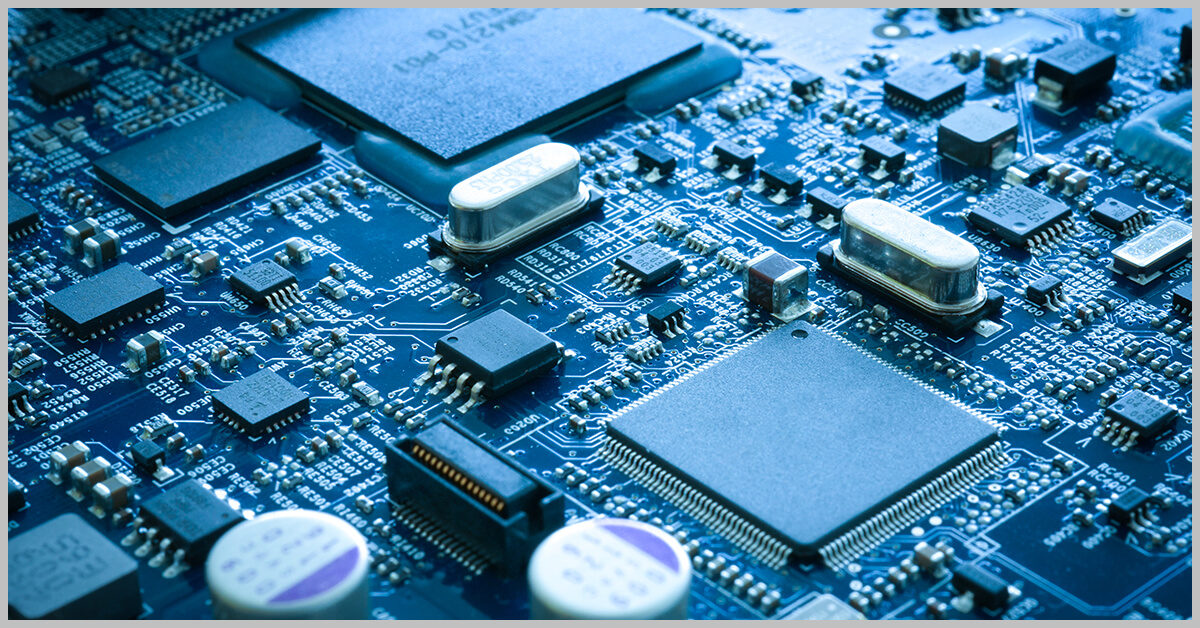L3Harris Technologies has closed its acquisition of Aerojet Rocketdyne following the signing of a definitive agreement late last year. The transaction’s completion created a fourth business unit within L3Harris, which intends to bolster the
MoreThe Senate Committee on Homeland Security and Governmental Affairs has passed legislation that would establish artificial intelligence leadership across the federal government. The AI Leadership to Enable Accountable Deployment Act would create
MoreThe Potomac Officers Club is looking ahead with eager anticipation to its Army Summit on Tuesday, August 1. The event has been a yearly tradition for POC for the last eight years, bringing
MoreThe National Science Foundation and Economic Development Administration have signed a memorandum of understanding to collaborate on advancing regional innovation and economic development in communities throughout the United States. Under the MOU,
MoreThe Federal Deposit Insurance Corporation’s Office of Inspector General recently revealed that the agency had implemented effective cloud migration strategies and governance processes, but stated that improvements are needed in some areas
MoreNASA began the first simulated launch of the Artemis II crewed mission to the Moon at the Kennedy Space Center in Florida. The test included a terminal countdown as well as loading
MoreThe Securities and Exchange Commission has implemented rules that direct public companies to divulge material cybersecurity incidents and report annually material information on cybersecurity strategy, risk management and governance. The registrants should
MorePresident Joe Biden has nominated Lt. Gen. Christopher Mahoney, deputy commandant for programs and resources at the U.S. Marine Corps, for promotion to the rank of general and to serve as the
MoreThe U.S. Departments of Commerce and Defense signed an agreement to improve information sharing and coordination over the CHIPS for America’s incentives program. The memorandum of agreement aims to boost the country’s
MorePresident Biden has nominated Gen. David Allvin, vice chief of staff of the U.S. Air Force since 2020, to serve as the service branch’s next chief of staff. If confirmed, Allvin would
More










